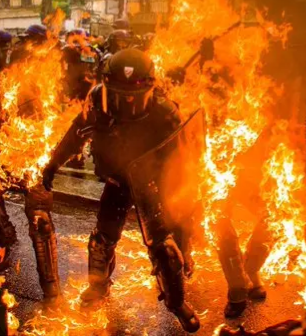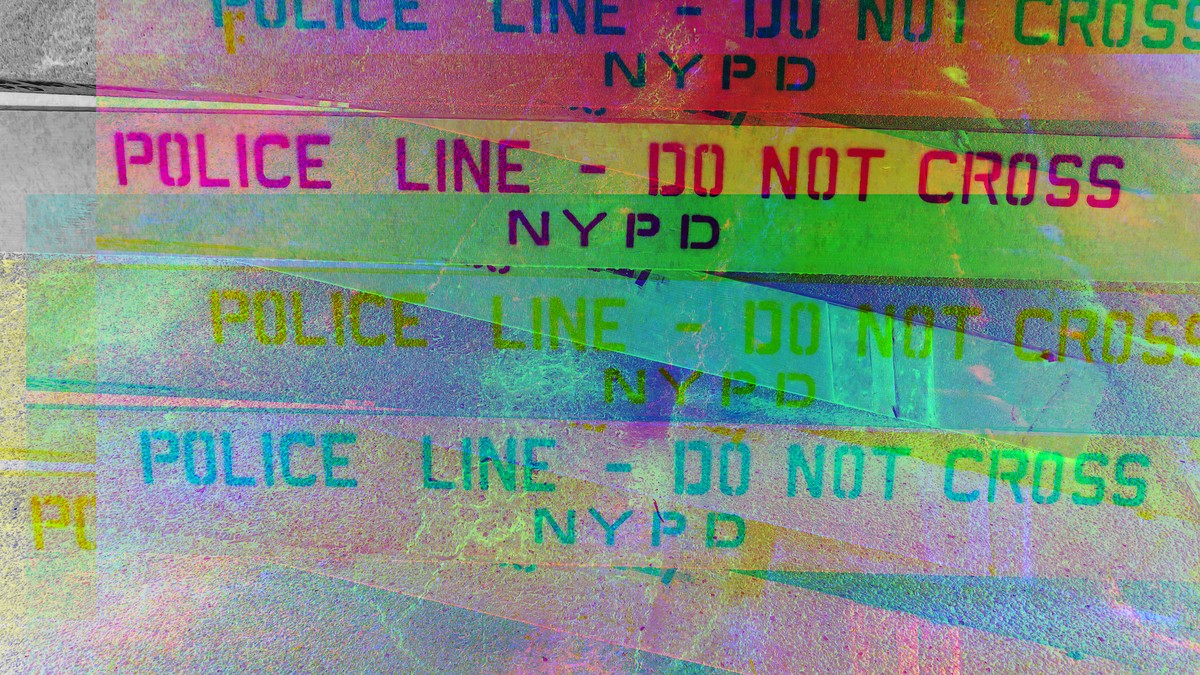- cross-posted to:
- technology@chat.maiion.com
- cross-posted to:
- technology@chat.maiion.com
Climate emergencies, including heat waves, hurricanes, flooding and wildfires are quickly becoming a common staple of American life. If that isn’t dystopian enough, the NYPD announced it’s piloting test drones to fly over at-risk neighborhoods and make public announcements during emergencies.
On Sunday, at the tail end of a weekend of heavy rainfall and flooding, New York City’s emergency notification system tweeted that the NYPD would be “conducting a test of remote-piloted public messaging capabilities” at a location confirmed to AM New York as Hook Creek Park in Queens.
The NYPD told AM New York that the drones were being tested to make announcements during weather-related emergencies, and were being tested in advance of more flooding expected this weekend. The comments suggest that public announcement drones could be deployed in a real-world scenario very soon. The NYPD did not confirm any timelines on using the drones to Motherboard when asked.
Besides the eeriness of a drone instructing New Yorkers during life-threatening emergencies, the test raises questions about the NYPD’s compliance with laws that require the agency to alert the public when deploying surveillance technology.
The NYPD is required to post an impact statement and use policy on its website and seek public comment 90 days prior to deploying new surveillance technology to comply with the 2020 POST Act. However, according to the law, the NYPD merely has to amend old use policies if it is using previously existing surveillance tech for new purposes. For its use policy for unmanned aircraft, finalized in April 2021, there is no mention of the emergency announcements. The document says, “In situations where deployment of NYPD (drones) has not been foreseen or prescribed in policy, the highest uniformed member of the NYPD, the Chief of Department, will decide if deployment is appropriate and lawful. In accordance with the Public Oversight of Surveillance Technology Act, an addendum to this impact and use policy will be prepared as necessary to describe any additional uses of UAS.” No such addendum appears on the website.
The NYPD did not return comment when asked by Motherboard if a new use policy was introduced or if an amendment was made to include public announcements, and a list of impact reports and use policies on the NYPD’s site has not had any documents posted more recently than April of 2021.
The NYPD was criticized by a city oversight agency for its interpretation of the POST Act and its tendency under Mayor Eric Adams to declare that much of its newly-acquired technology—including a much-criticized robot dog—were all covered by previous use policies because the equipment merely used different versions of other technology. The oversight agency found that the NYPD issued “boilerplate language that failed to provide sufficient detail” and also that it “grouped related technologies and issued a single (impact use policy) for multiple technologies” which “limits the information made available to the public.”
The decision to use drones for public messaging also raises the risk of alarming the public without a clear reason, particularly when so many other forms of communication, including cell-phone push notifications are available.
“This plan just isn’t going to fly. The city already has countless ways of reaching New Yorkers, and it would take thousands of drones to reach the whole city,” Albert Fox Cahn, executive director of the Surveillance Technology Oversight Project told Motherboard by email.
“The drones are a terrible way to alert New Yorkers, but they are a great way to creep us out. More alarmingly, the NYPD is once again violating the landmark Public Oversight of Surveillance Technology (POST) Act, which requires public notice and comment before deploying new surveillance systems.” Fox Cahn called the drone announcements a “PR stunt” meant to distract the public from criticism that the mayor didn’t do enough to address wildfire smoke that made New York City’s air hazardous for several days, the subject of a city council meeting last week.
“No gadget is going to be a substitute for effective city management and communication practices,” Fox Cahn said.


